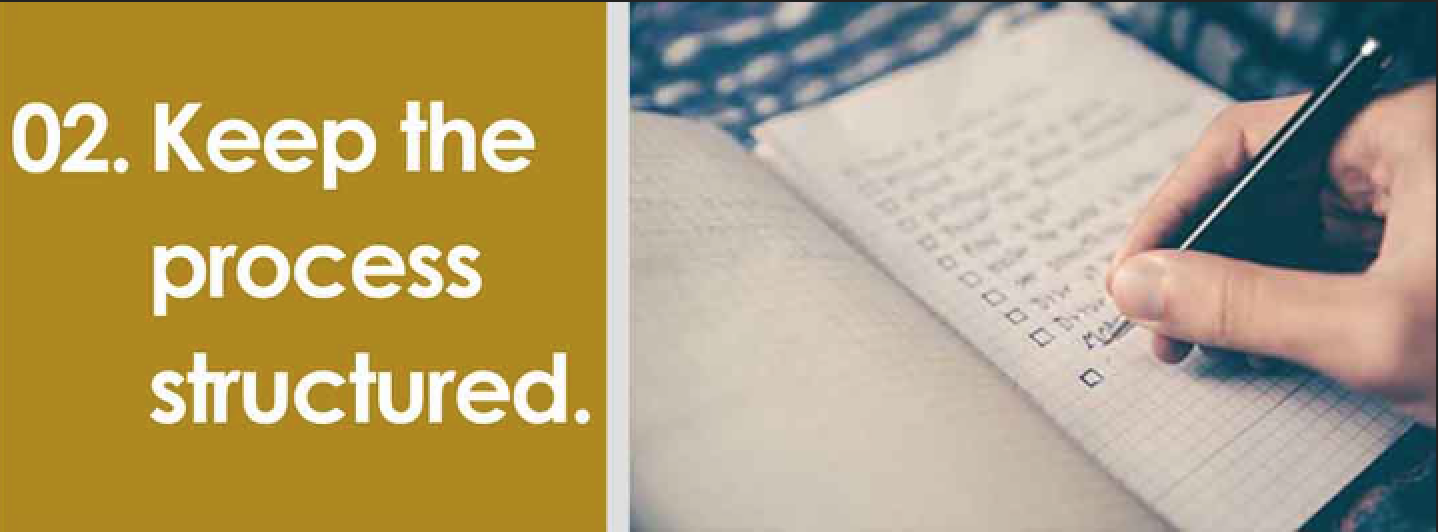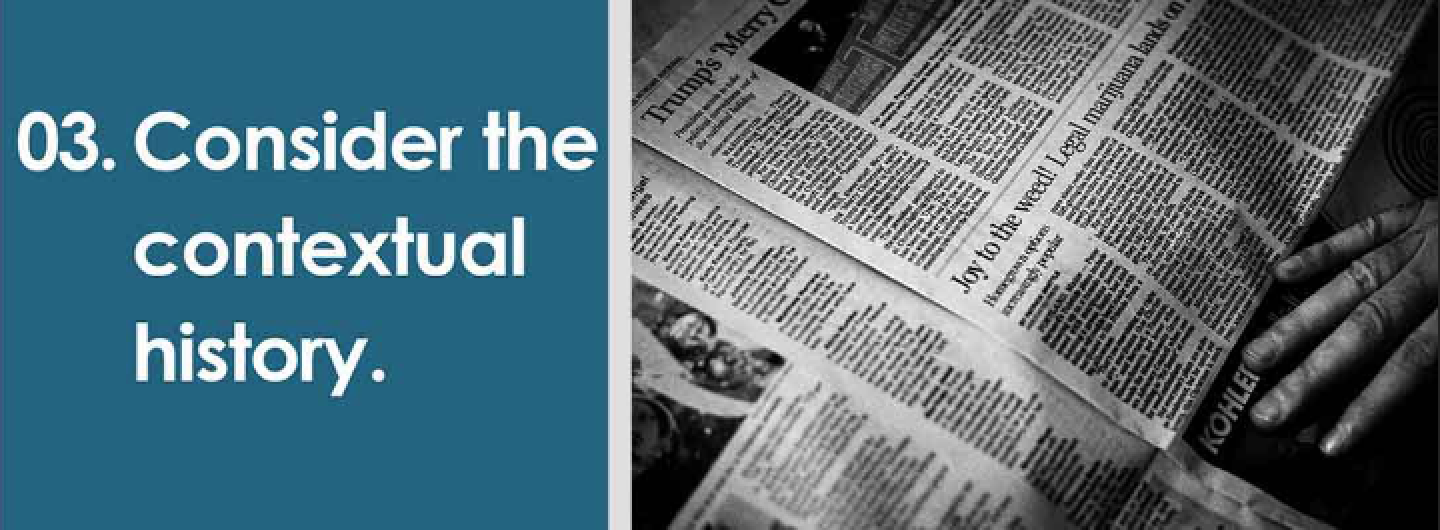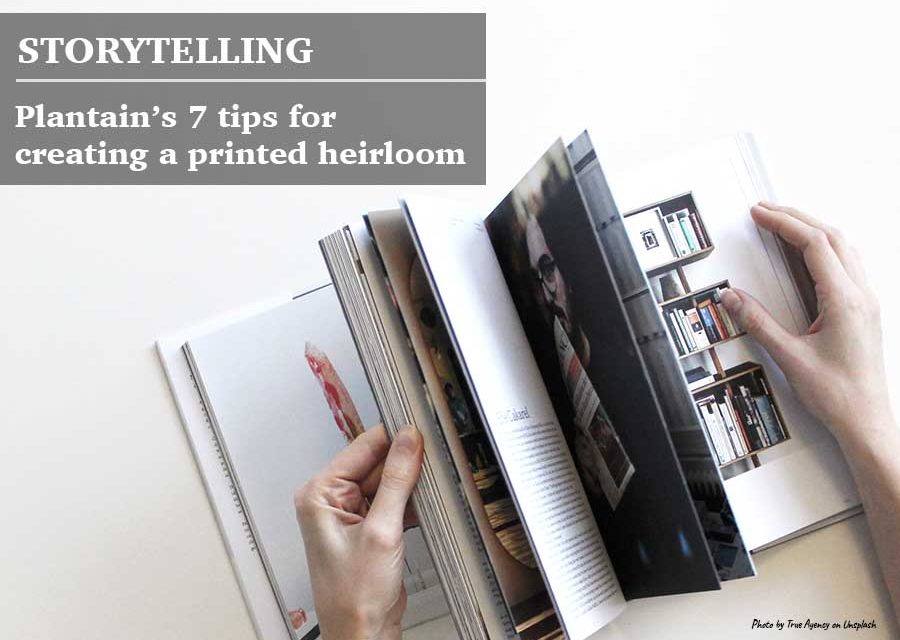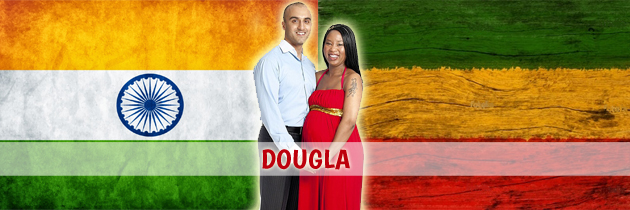You’ve heard the family stories a thousand times over. You enjoy their telling, the way they bring everyone together and how you learn about your history and culture through them. If you don’t want these tales to disappear into the ether, writing them down and memorializing them as a printed book is an excellent way to preserve your family’s legacy for generations to come.
But how exactly do you go about gathering, documenting and creating such a piece? Well, the good folks at Plantain have a few tips on just that:

Actually starting is the hardest part. Where do you want to start? A useful approach is to record answers to questions that take you all the way back to the beginning: “What is your earliest memory?” “What do you know about your ancestors?” etc. Start with simple, straightforward questions — everyone is a little nervous when they know they’re being recorded — and it may take a few interviews for you to gain their trust, but if you’re honest and present in your listening they tend to forget they’re being recorded.

With one, two, three questions, the answers will begin to flow, one memory leading to another, but think about keeping the process semi-structured (and your interviewee focused). A simple way to do this is by using a timeline as your interview guide. For example:


The person you are sitting with will have recollections about every and any major societal event you can think of. How about asking how they lived through it? Furthermore, think of studying and recording these historical anecdotes separately, as they will help inform your questions, and how to frame your life story.

Transcribe your recordings and transform them into an engaging and structured narrative. Focus on the flow – words, sentences, paragraphs, chapters), remove all the uhms and ahs, remove all duplicated information. And try your best to maintain the person’s voice and tone!

Make all the edits necessary to getting the story across professionally. Glean for typographical errors and other mistakes (names, dates, etc.)

Going through old photographs can be great fun. Make sure to digitally scan them at high resolution for these to be reproduced in print. The better the quality, the more meaningful the final package.

Get a professional to typeset your book: it would be a shame for your hard work to go to waste at this final step. Many bodies provide this service and will make suggestions on cost and quality measures when it comes to printing your book.
The best part of this project is that the entire process is thought-provoking and enjoyable one. Each step requires genuine engagement with your loved ones and your heritage. And the final product is a tangible piece of your history that can be shared with family and friends alike.
If you are looking to create a book of family history but aren’t keen on executing these steps yourself, contact Plantain! Gathering information, crafting a compelling story and producing a beautiful keepsake is their forte. Click here to view samples of their work.
*** Exclusive discount for RACA readers ***
Get a 5% discount on all Plantain services when you sign up for Plantain’s newsletter AND contact Plantain with the subject line RACA in the message.
Don’t delay. Start the journey to memorializing your family’s history today.







